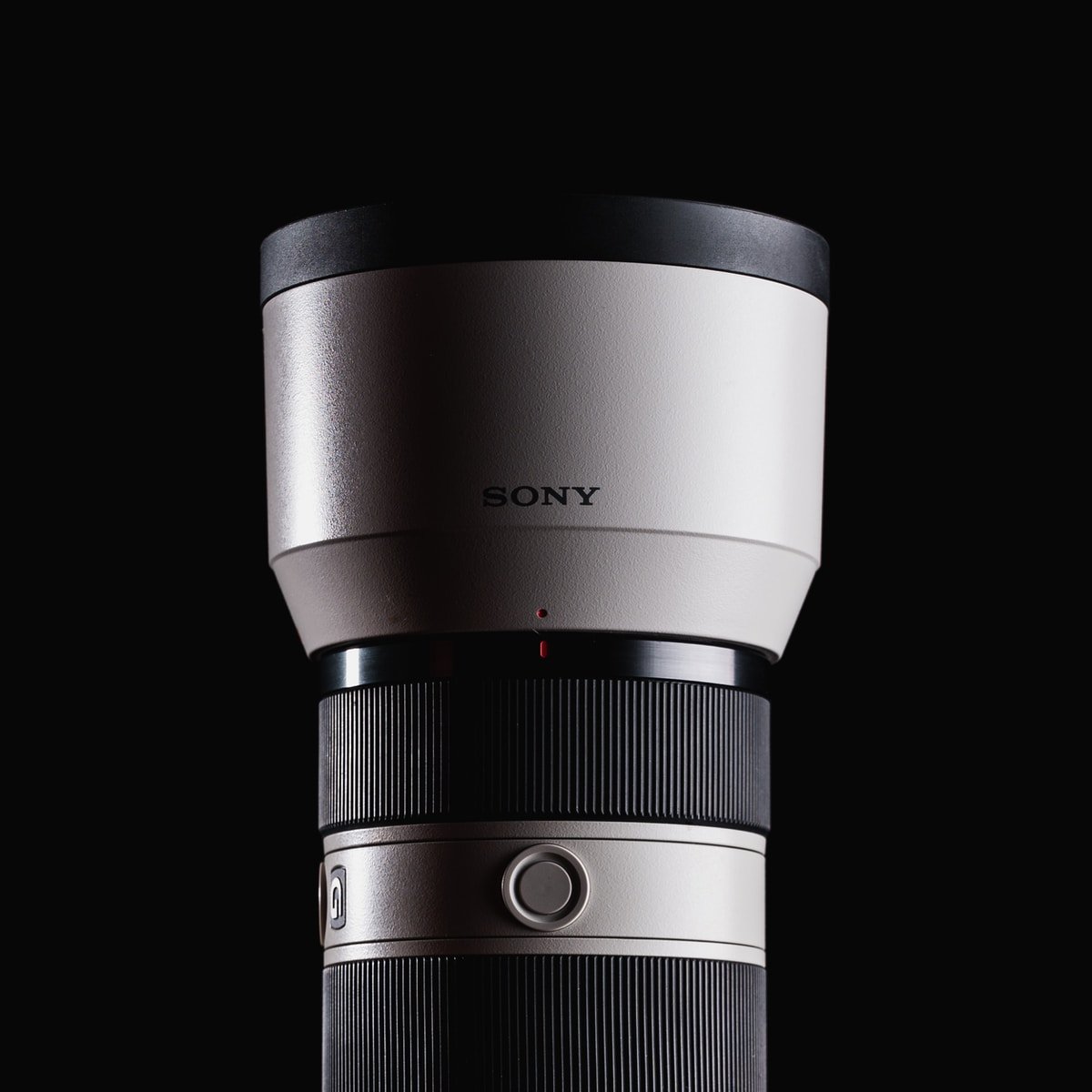Photography is the result of combining several technical discoveries.
Long before the first photographs were made, ancient Han Chinese philosopher Mo Di from the Mohist School of Logic was the first to discover and develop the scientific principles of optics, camera obscura, and pinhole camera. Later Greek mathematicians Aristotle and Euclid also independently described a pinhole camera in the 5th and 4th centuries BCE. In the 6th century CE, Byzantine mathematician Anthemius of Tralles used a type of camera obscura in his experiments. Both the Han Chinese polymath Shen Kuo (1031–95) and Arab physicist Ibn al-Haytham (Alhazen) (965–1040) independently invented the camera obscura and pinhole camera, Albertus Magnus (1193–1280) discovered silver nitrate, and Georg Fabricius (1516–71) discovered silver chloride. Shen Kuo explains the science of camera obscura and optical physics in his scientific work Dream Pool Essays while the techniques described in Ibn al-Haytham’s Book of Optics are capable of producing primitive photographs using medieval materials.
Daniele Barbaro described a diaphragm in 1566. Wilhelm Homberg described how light darkened some chemicals (photochemical effect) in 1694. The fiction book Giphantie, published in 1760, by French author Tiphaigne de la Roche, described what can be interpreted as photography.
The discovery of the camera obscura that provides an image of a scene dates back to ancient China. Leonardo da Vinci mentions natural camera obscura that are formed by dark caves on the edge of a sunlit valley. A hole in the cave wall will act as a pinhole camera and project a laterally reversed, upside down image on a piece of paper. So the birth of photography was primarily concerned with inventing means to capture and keep the image produced by the camera obscura.
Renaissance painters used the camera obscura which, in fact, gives the optical rendering in color that dominates Western Art. The camera obscura literally means “dark chamber” in Latin. It is a box with a hole in it which allows light to go through and create an image onto the piece of paper.

